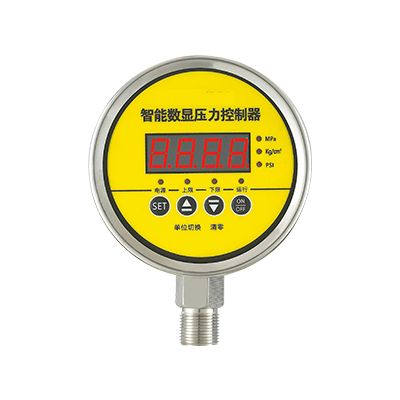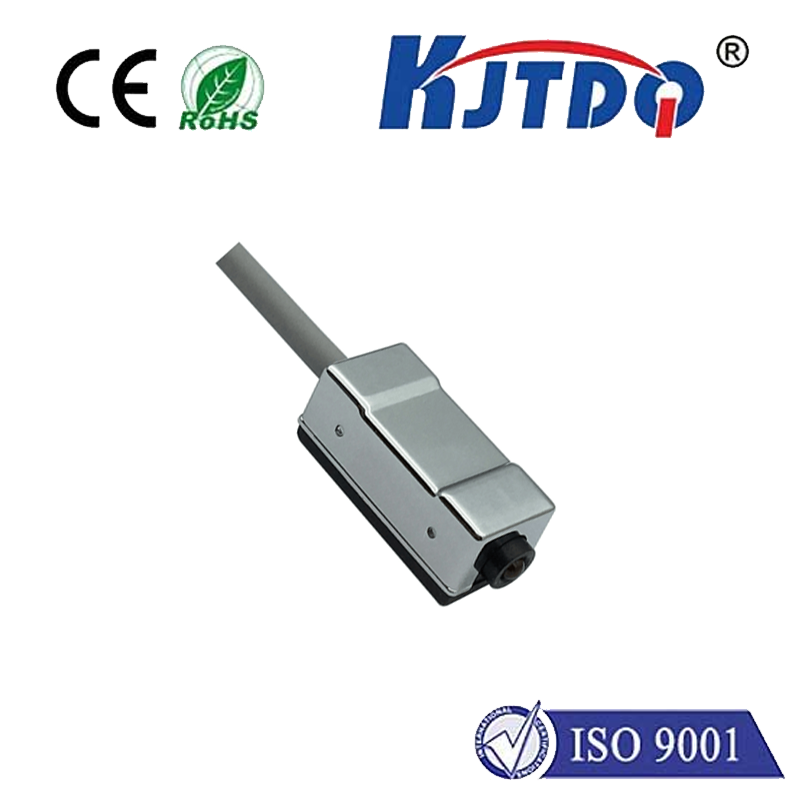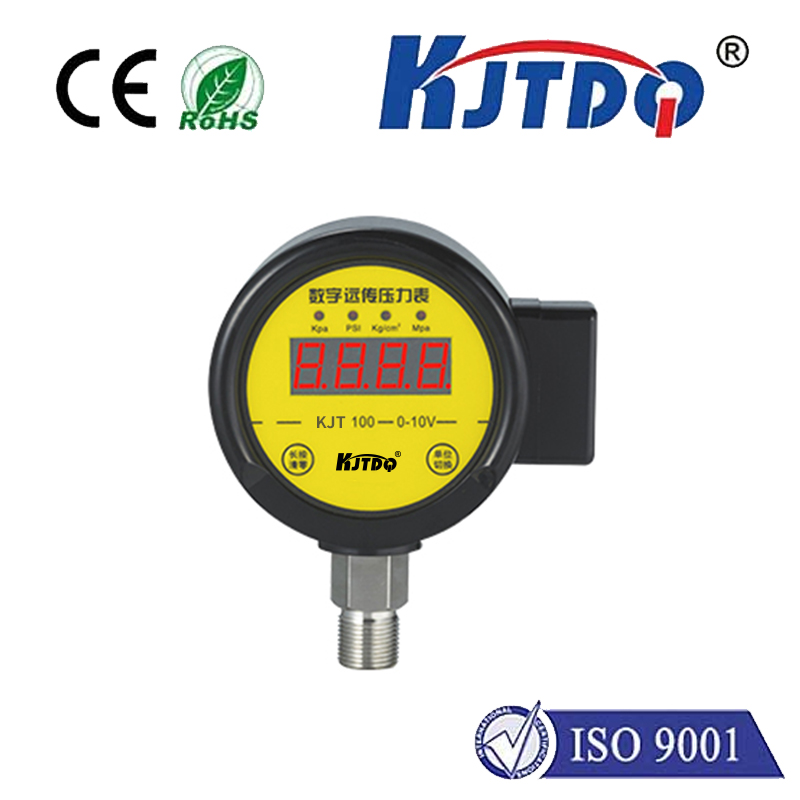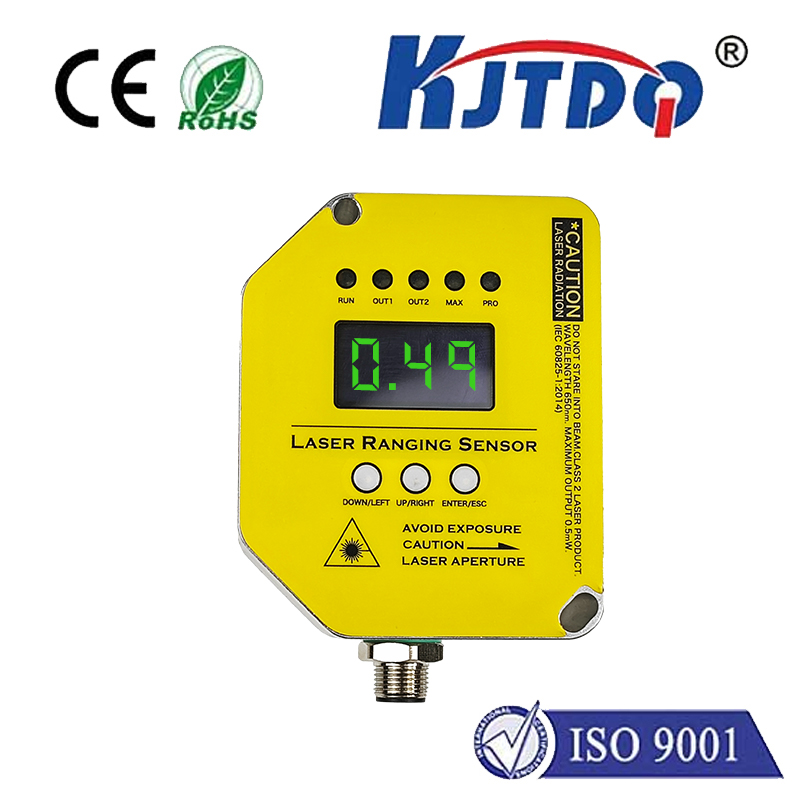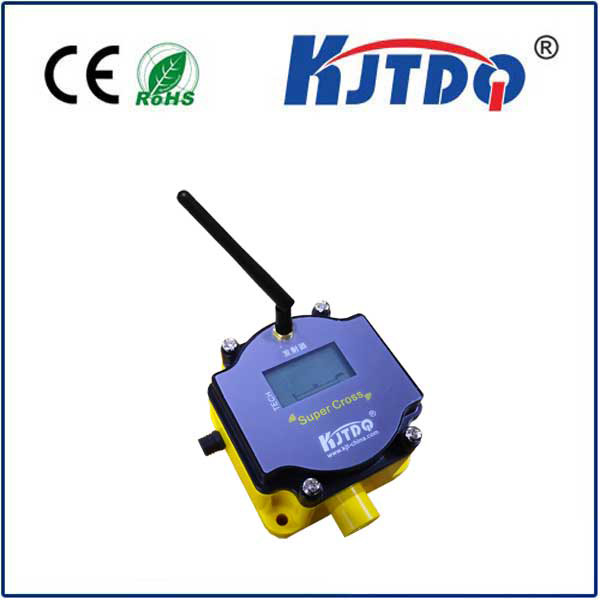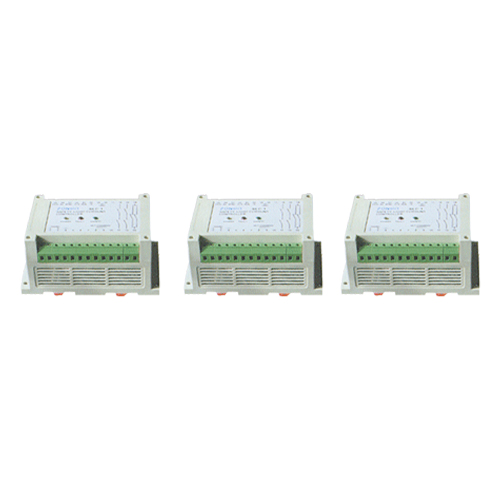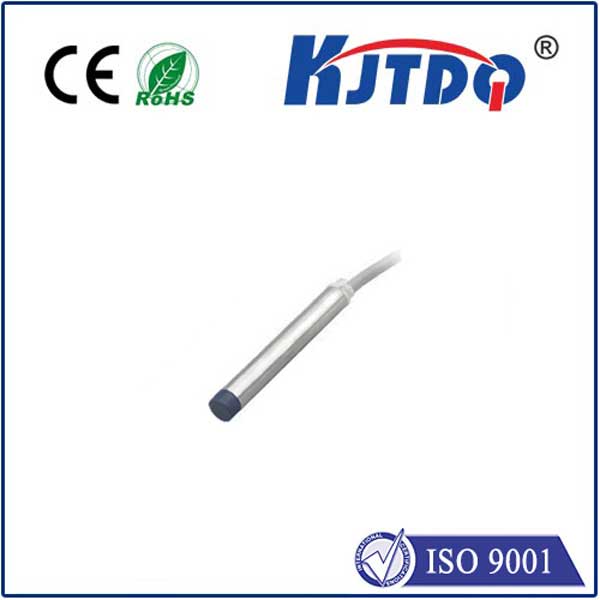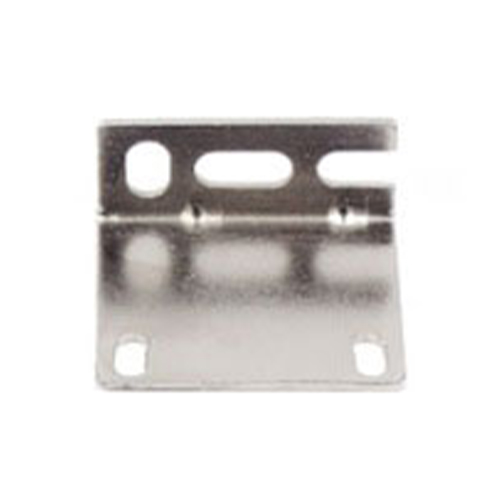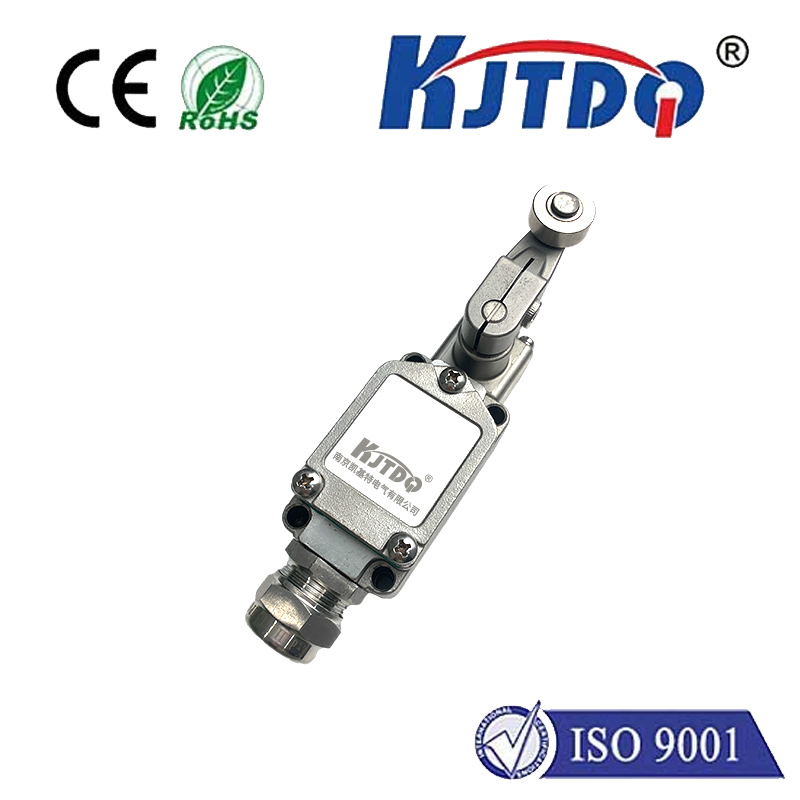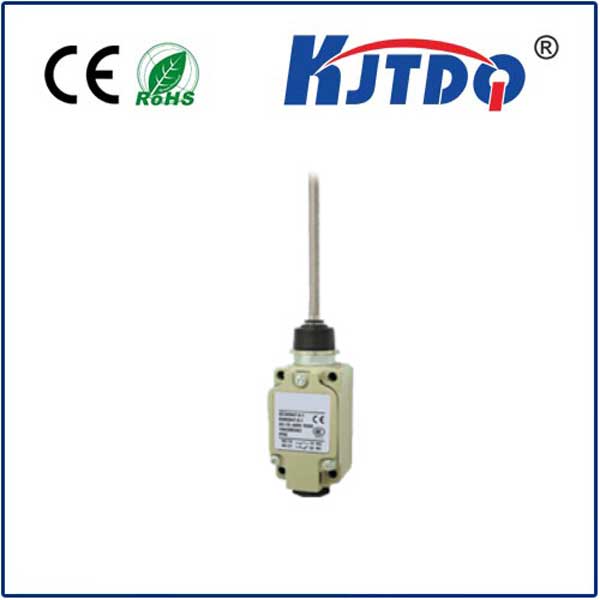E3T-ST12 2M fiber optic photoelectric sensor
- time:2025-09-28 07:45:54
- Click:0
E3T-ST12 2M Fiber Optic Photoelectric Sensor: Unlocking Precision Detection in Tight Spaces**
In the intricate dance of modern automation and process control, seeing isn’t just believing – it’s essential. Detecting minuscule objects, monitoring processes in confined or hostile environments, and ensuring flawless operation demand sensors that go beyond the ordinary. Where conventional sensors falter due to size restrictions, contamination, or electromagnetic noise, the E3T-ST12 2M Fiber Optic Photoelectric Sensor shines as a beacon of precision and adaptability. This compact powerhouse leverages cutting-edge light technology to solve intricate detection challenges reliably.
At its core, a photoelectric sensor operates by projecting a light beam (often infrared or visible red) and detecting changes in that beam caused by the presence or absence of a target object. The E3T-ST12 belongs to this family but elevates the concept through its use of fiber optics. Instead of housing the light source and receiver within a single bulky housing, fiber optic sensors decouple these elements. The core sensor unit (the amplifier) generates and processes the light signal, while slim, flexible fiber optic cables act as light guides, transmitting the beam to and from the actual sensing point. This fundamental design unlocks a world of possibilities unattainable with standard sensors.
The E3T-ST12 specifically utilizes the popular diffuse reflective sensing mode. It emits a light beam from its fiber optic cable tip. When this beam strikes a target within its sensing range, light is reflected diffusely back towards the tip. The sensor detects this returning light, triggering its output. This mode is incredibly versatile, ideal for detecting objects regardless of their surface properties (though reflectivity does affect sensing distance), without requiring a separate reflector unit opposite the emitter, simplifying installation significantly.

Why Choose the E3T-ST12 2M? Key Advantages
The combination of the advanced E3T series platform and the 2-meter fiber optic cable delivers significant operational benefits:
- Exceptional Access in Confined Areas: This is arguably its prime advantage. The sensor head is essentially the tiny tip of the fiber optic cable. This enables effortless installation into incredibly tight spaces, intricate machinery, small conveyors, or inside control cabinets where traditional sensors simply cannot fit. The 2-meter cable length provides ample reach, allowing the amplifier unit to be mounted conveniently away from potential hazards like heat, vibration, or moisture.
- Immunity to Electrical Noise & Corrosion: Since only light travels through the fiber optics, the sensing point itself is completely passive and immune to electromagnetic interference (EMI), radio frequency interference (RFI), and electrical noise common in industrial environments. Furthermore, the sensing tip (especially common plastic fiber variants) is typically non-metallic and chemically resistant, making the E3T-ST12 ideal for applications involving solvents, washdowns, or corrosive atmospheres where metal sensors would degrade.
- High Precision & Detection of Small Objects: Fiber optic systems, particularly diffuse reflective models like the E3T-ST12, are renowned for their ability to detect exceptionally small objects – components, wires, labels, tiny pills, or fine threads – that would be invisible to larger, conventional sensors. The focused light beam and sensitive receiver enable fine-tuned detection.
- Enhanced Safety in Hazardous Environments: The passive nature of the sensing tip means it doesn’t require electrical power or produce sparks at the detection point. While suitability for intrinsically safe zones requires specific system certification, this characteristic inherently reduces risks in potentially explosive atmospheres compared to some other sensor types.
- Simplified Setup & Versatility: Mounting the tiny sensing tip is straightforward. The separate amplifier (E3T series) typically features easy-to-use adjustment dials or buttons for setting sensitivity and operating mode (Light ON/Dark ON), allowing quick adaptation to different target colors or reflectivities. Models often include visible indicator LEDs and reliable NPN or PNP transistor outputs for seamless PLC integration.
Ideal Applications Where the E3T-ST12 Excels
The unique strengths of the E3T-ST12 2M Fiber Optic Photoelectric Sensor make it indispensable across numerous industries:
- Electronics Manufacturing: Detecting minuscule surface-mount components (SMDs), verifying chip placement on PCBs, monitoring lead presence on ICs, confirming connector insertion.
- Pharmaceuticals & Medical Devices: Counting pills or capsules in blister packs, verifying fill levels in small vials, detecting syringe plunger position, ensuring label presence on small packaging – all within hygienic environments.
- Food & Beverage Processing: Monitoring fill levels in small containers, detecting caps or lids on miniature bottles, checking labels on jars in wet or washdown areas, verifying presence of items on high-speed small-parts conveyors.
- Automotive Assembly: Verifying pin insertion in connectors, detecting tiny springs, clips, or O-rings, monitoring thread engagement, confirming component presence inside assemblies.
- General Packaging: Detecting labels on small packages, verifying carton flap closure, checking for product presence in clamshells, counting small items entering packaging machines.
- Printing & Converting: Detecting splices or breaks in thin films, verifying print registration marks on narrow webs, monitoring tension control on delicate materials.
Key Specifications of the E3T-ST12 (Typical):
- Sensing Method: Diffuse Reflective (Emitter and receiver in one fiber optic cable tip).
- Cable Length: 2 Meters (A crucial identifier).
- Fiber Optic Type: Typically plastic fiber (POF) for the cable.
- Sensing Distance: Varies based on fiber tip configuration (e.g., straight, right-angle) and target reflectivity; often up to 10-50mm for standard diffuse reflective with POF.
- Light Source: Usually Infrared or Red LED.
- Output Configuration: NPN or PNP transistor output (sourcing or sinking, depending on model suffix).
- Supply Voltage: Commonly 10-30 VDC.
- Response Time: Millisecond range, enabling high-speed detection.
- Environmental Resistance: Sensing tip typically offers good resistance to chemicals, oils, and moisture. Amplifier housing ratings (e.g., IP67) protect it from dust and water jets.
- Connection: Integral 2m cable terminating in flying leads or a pre












